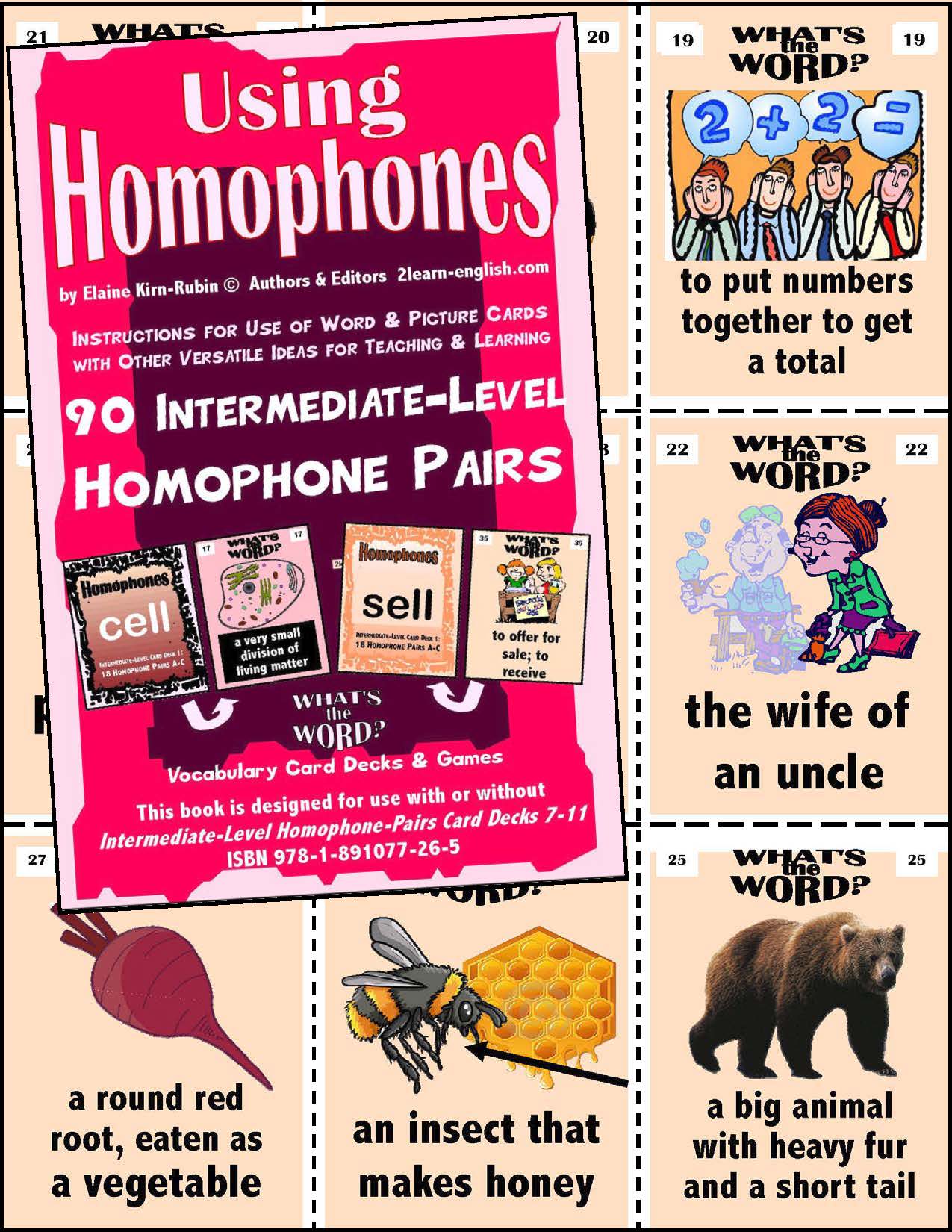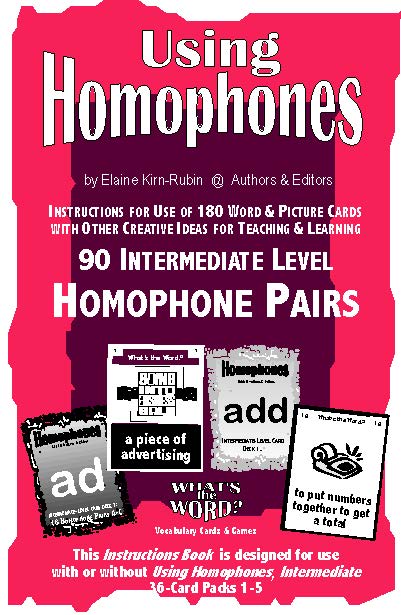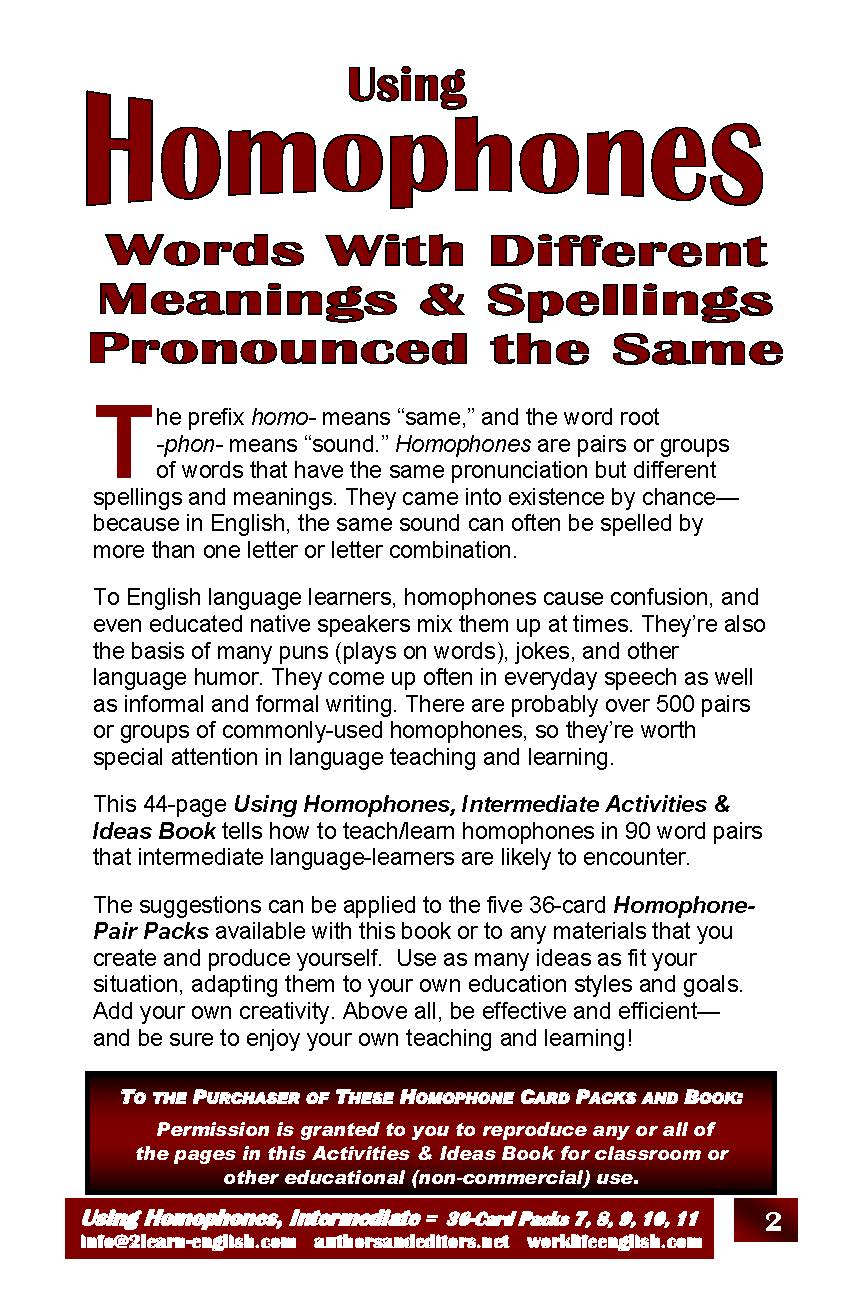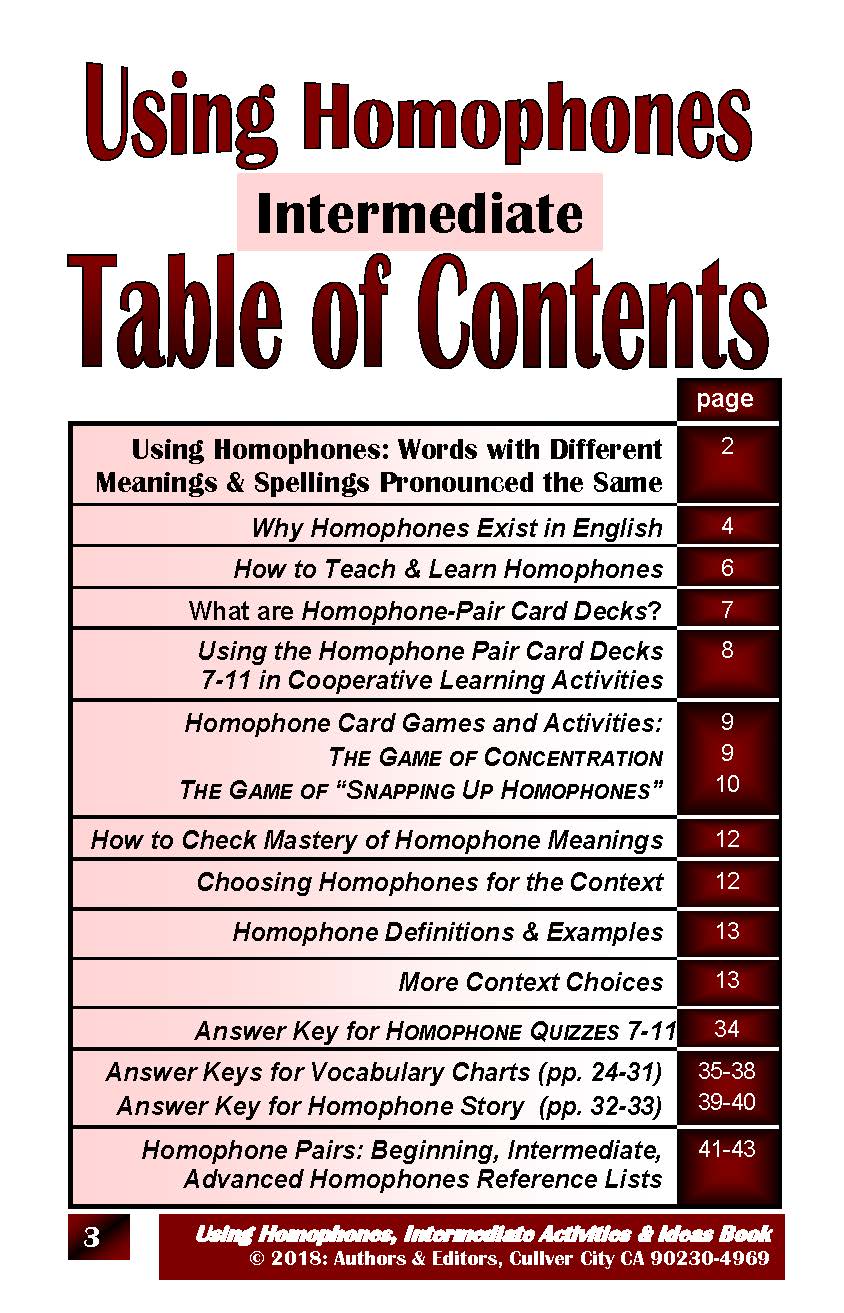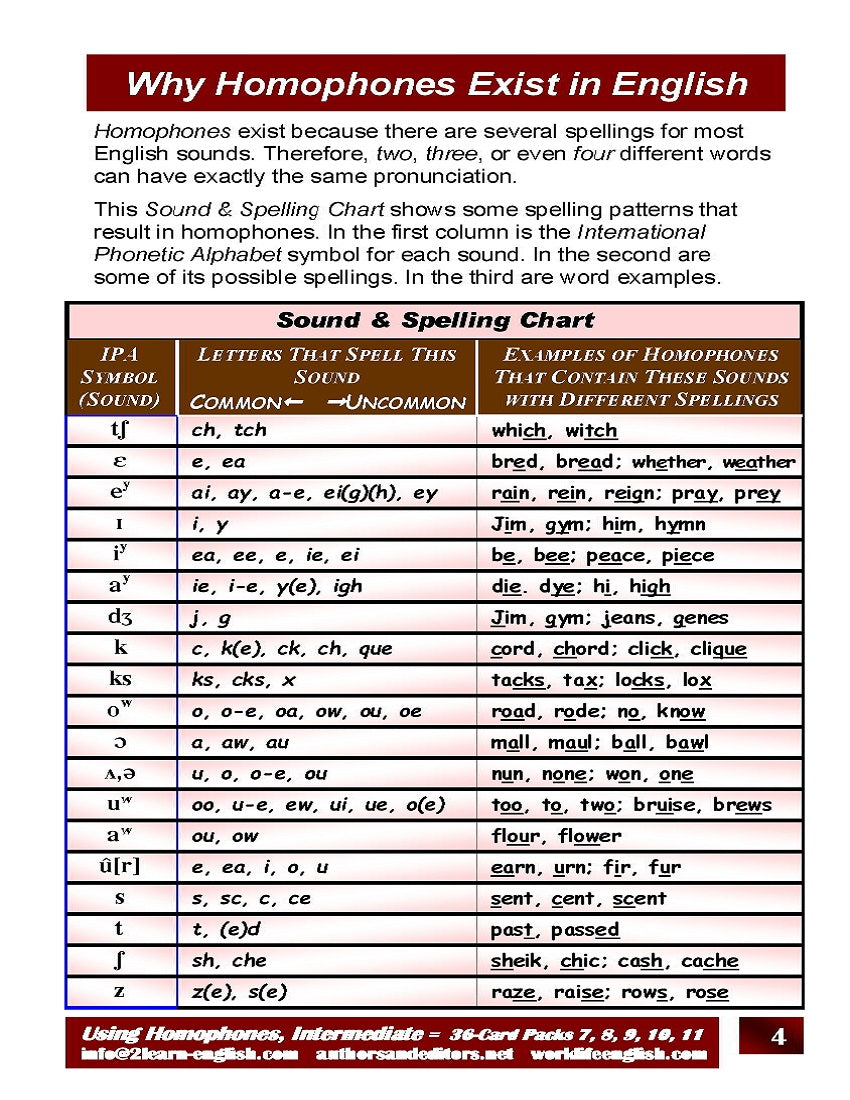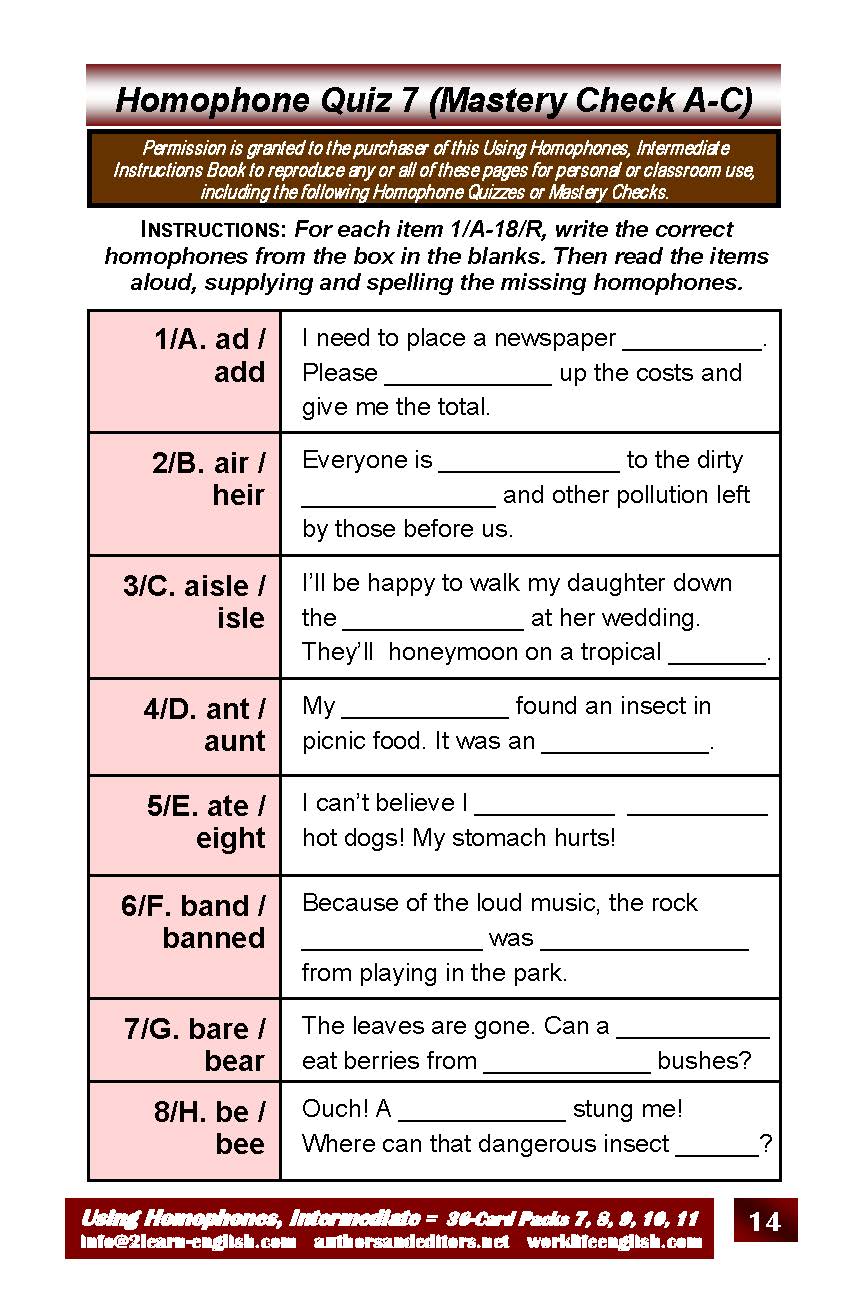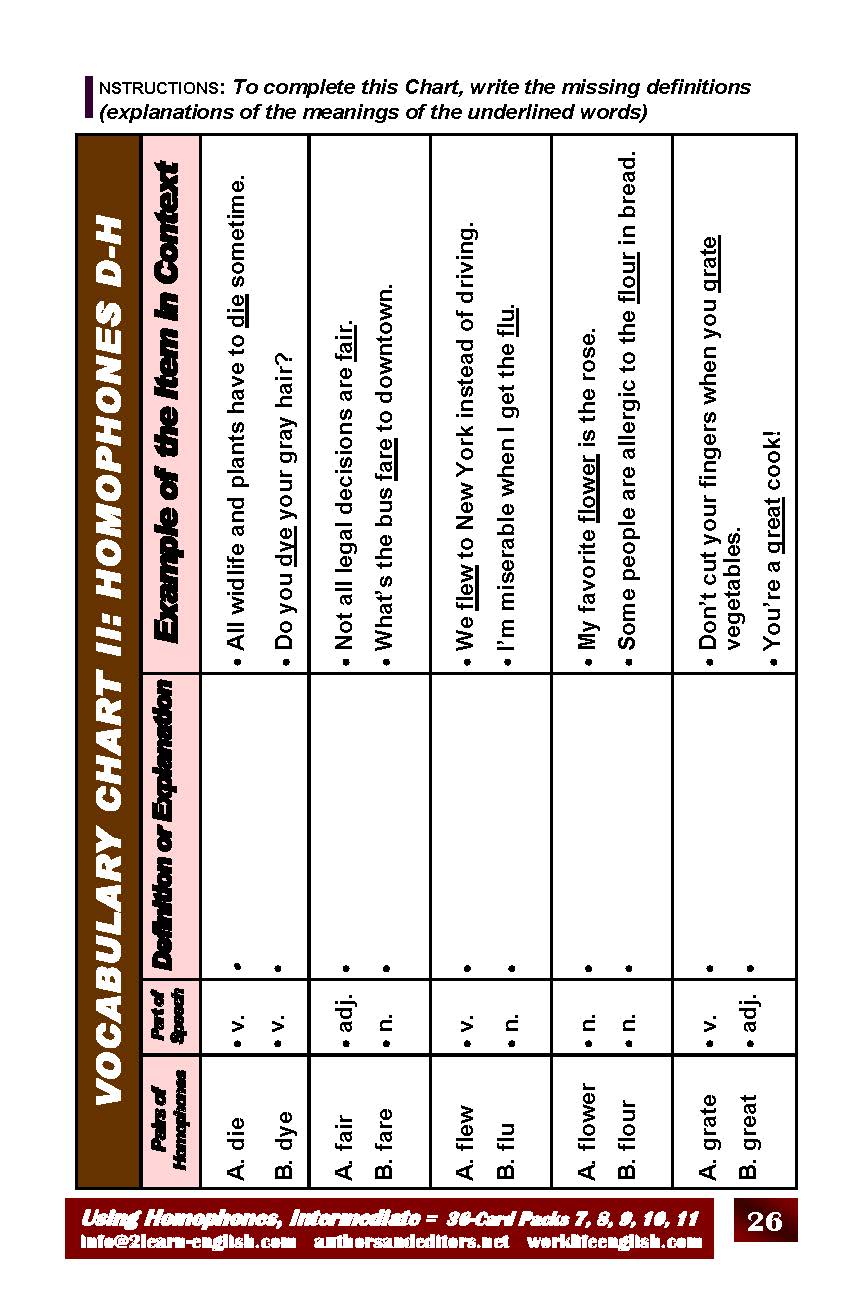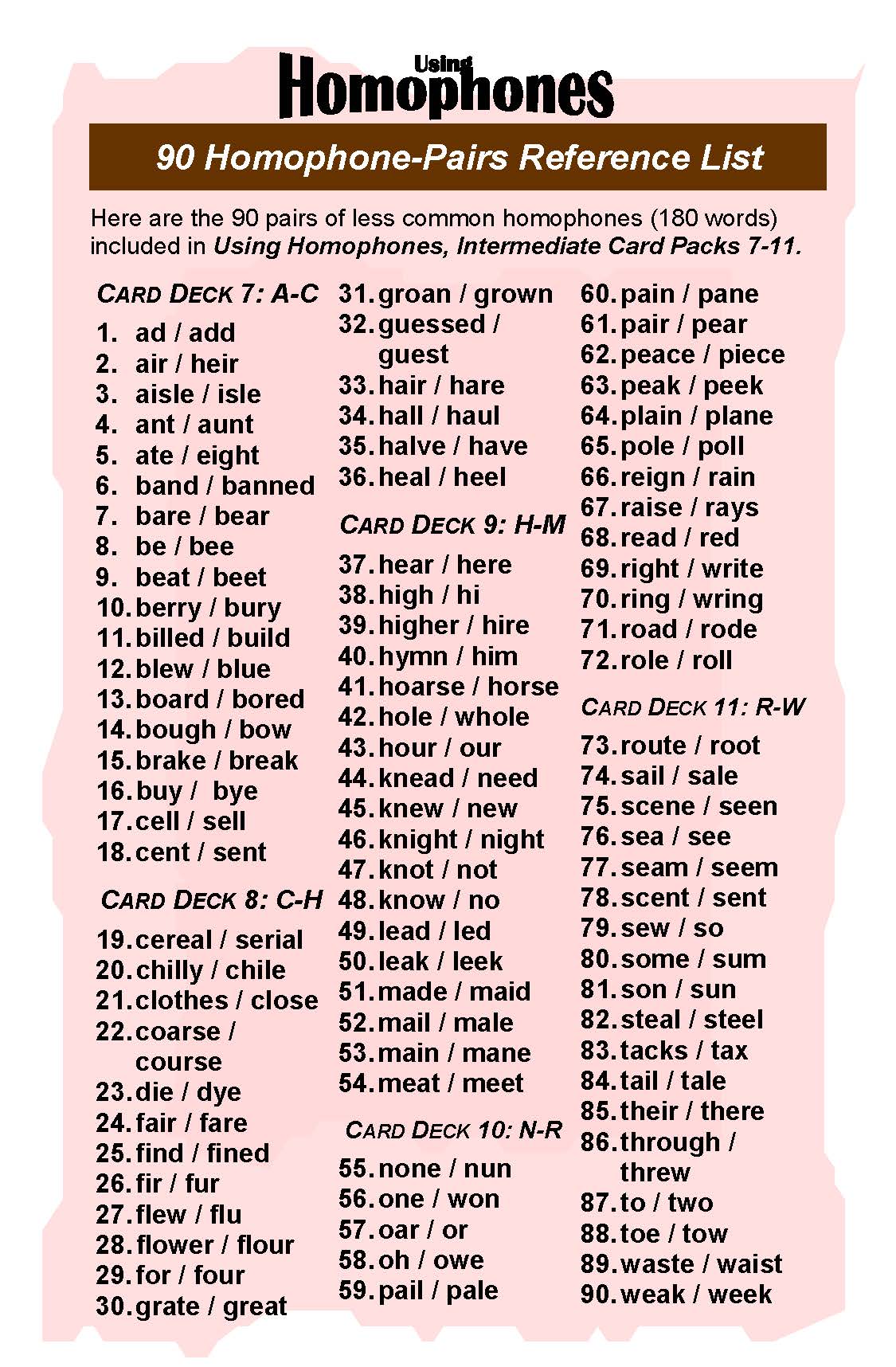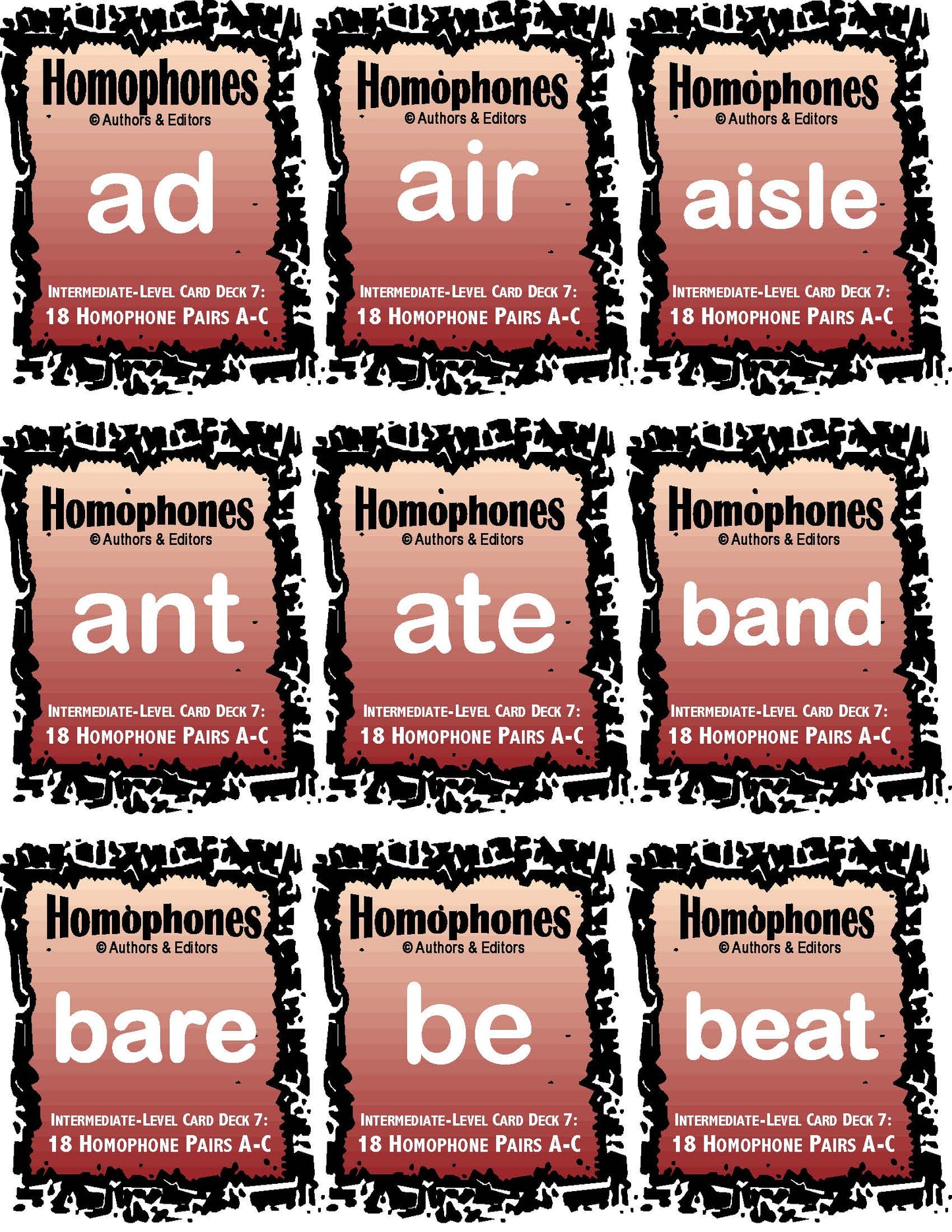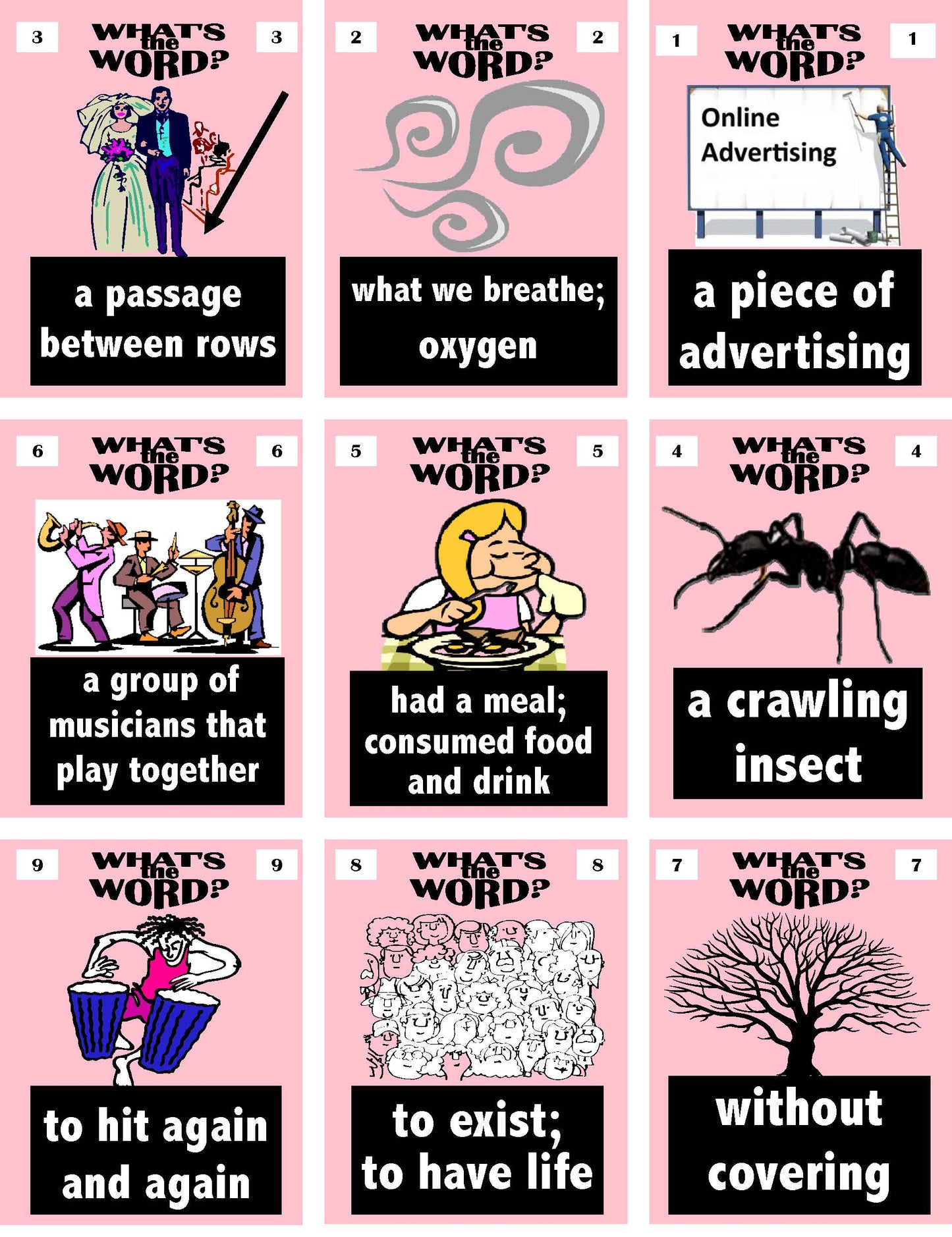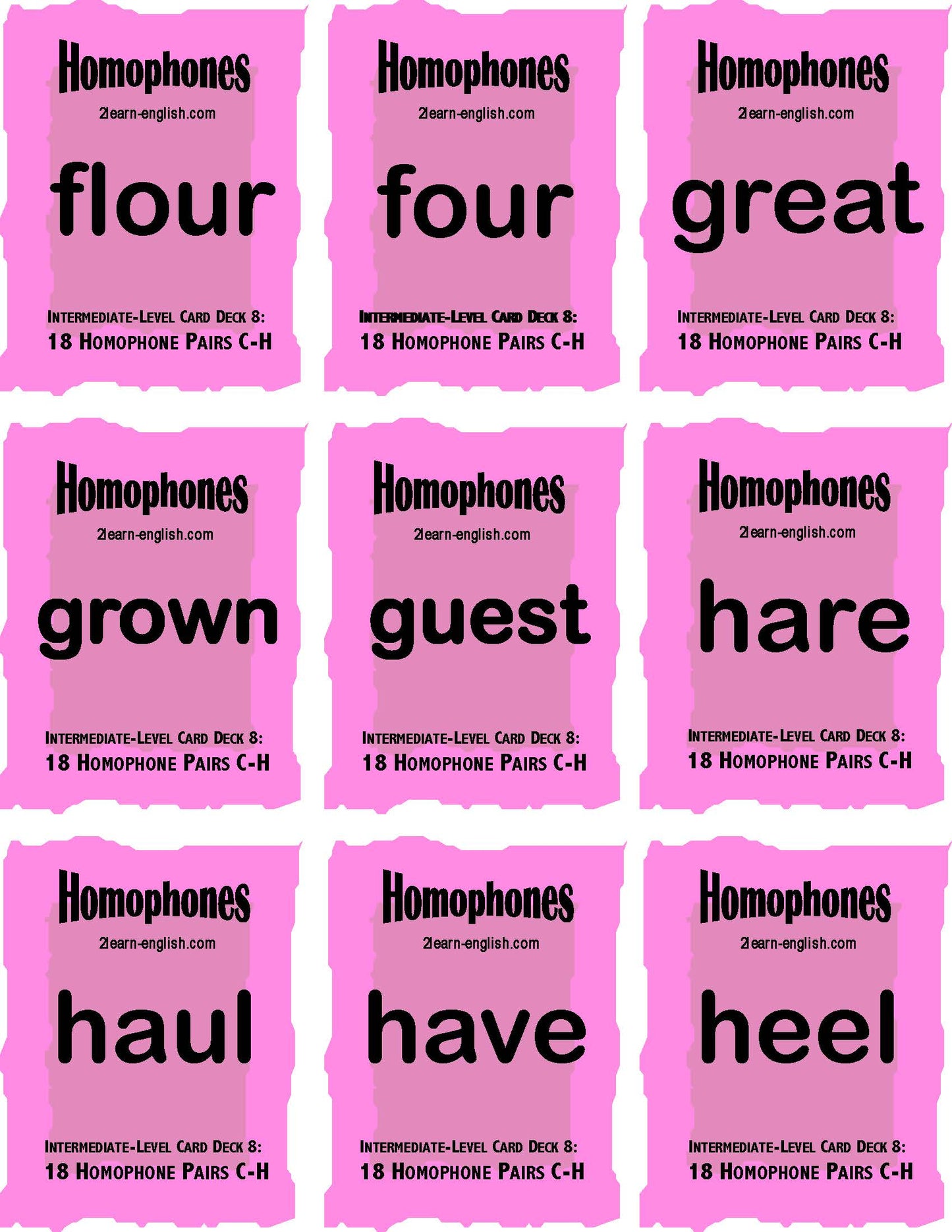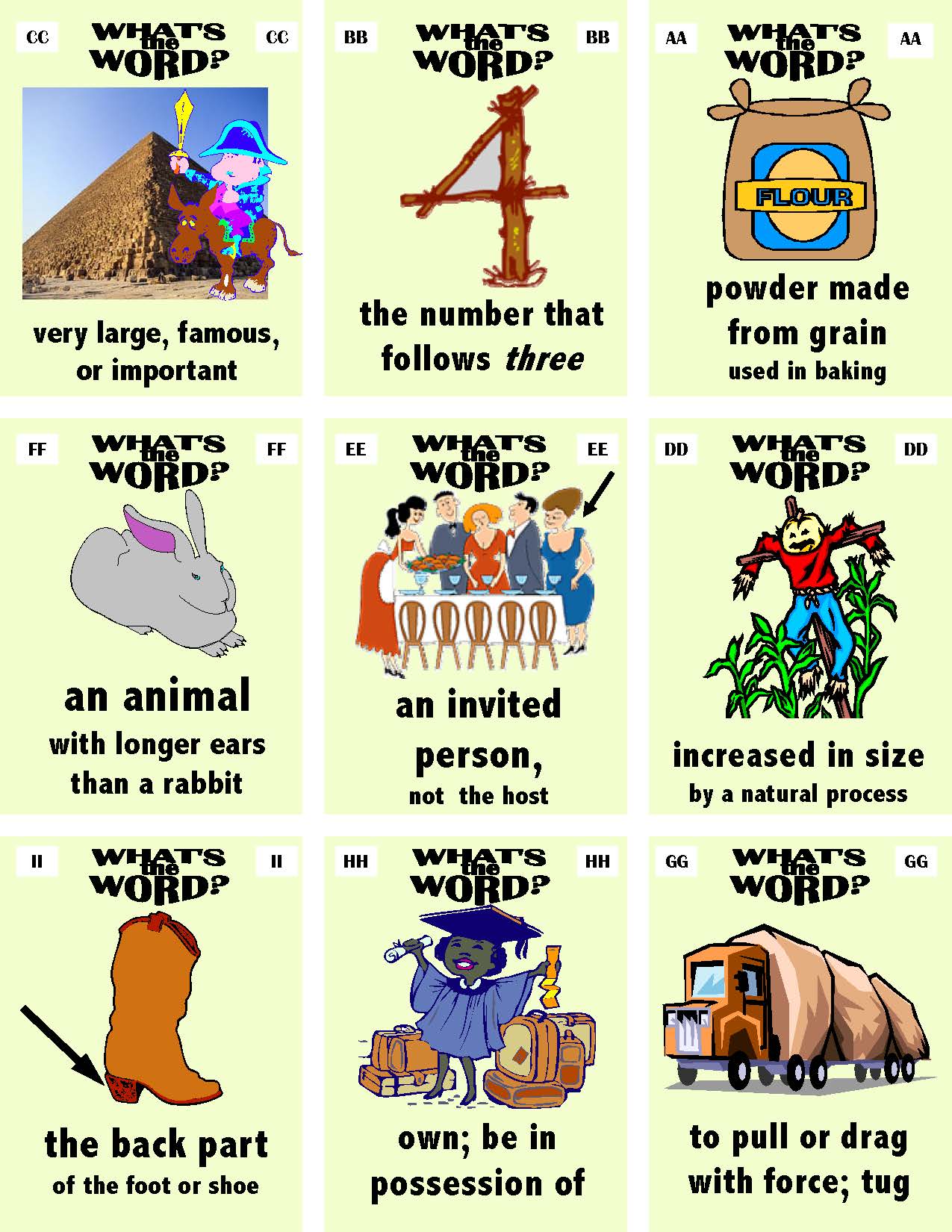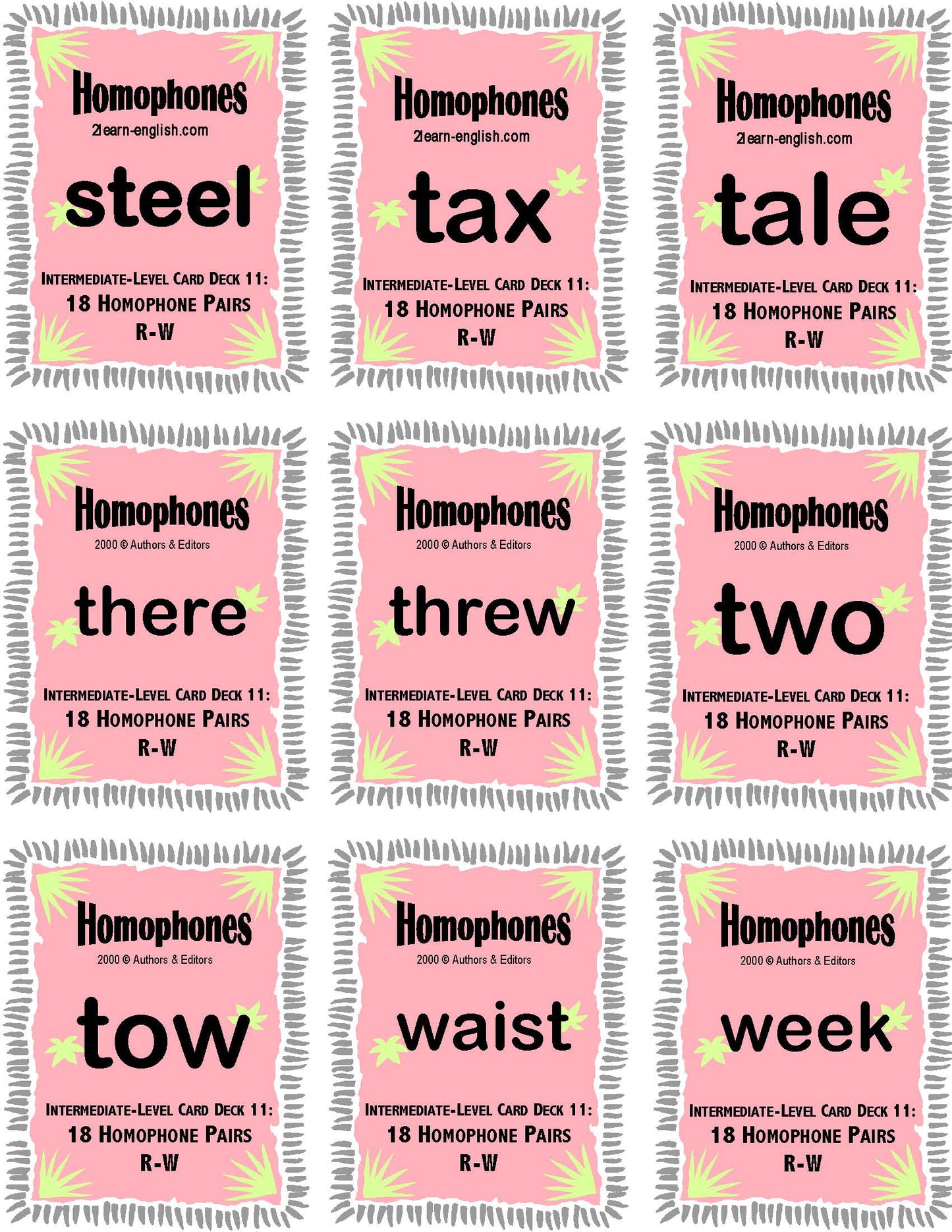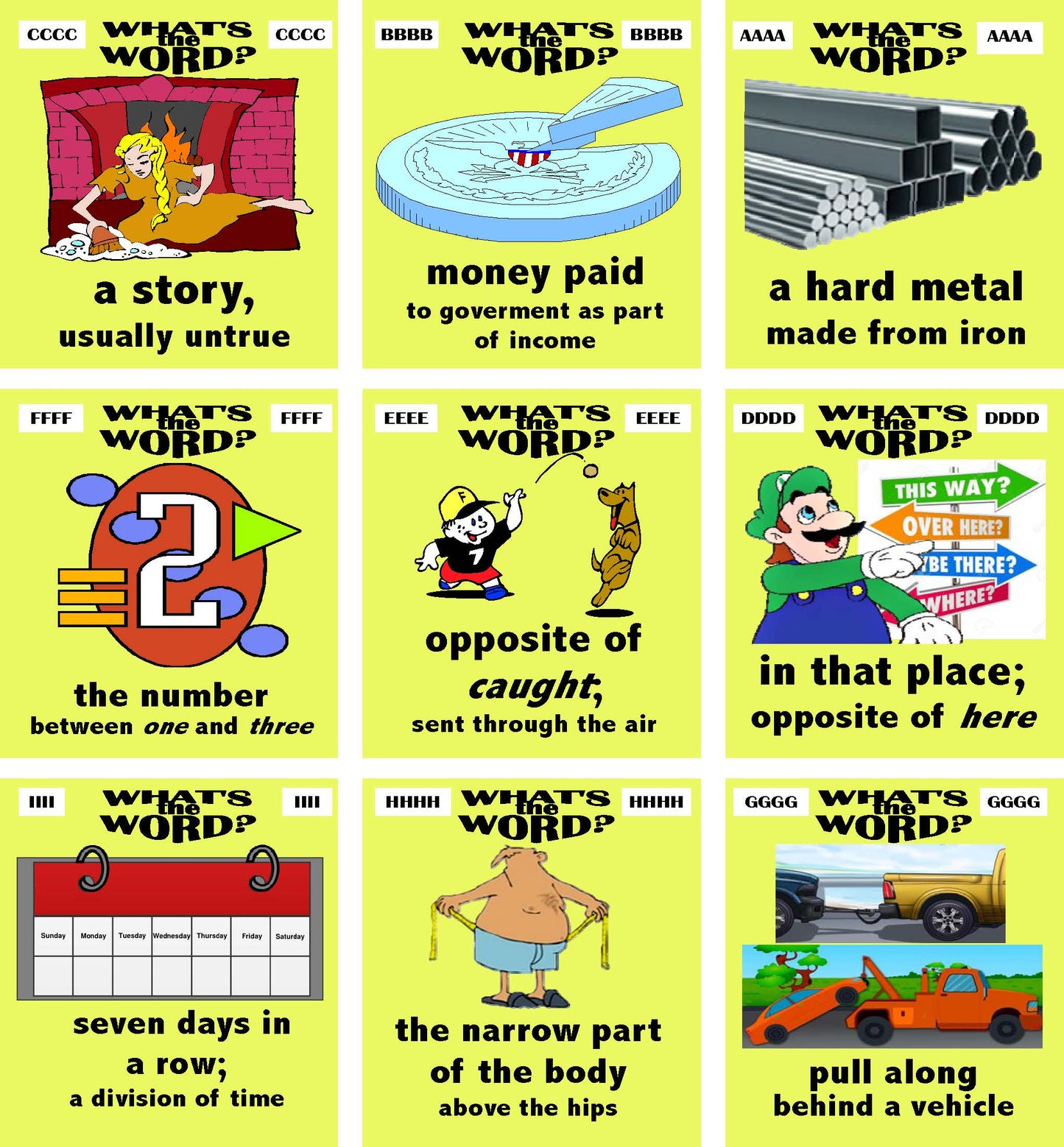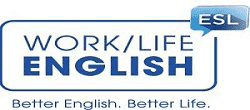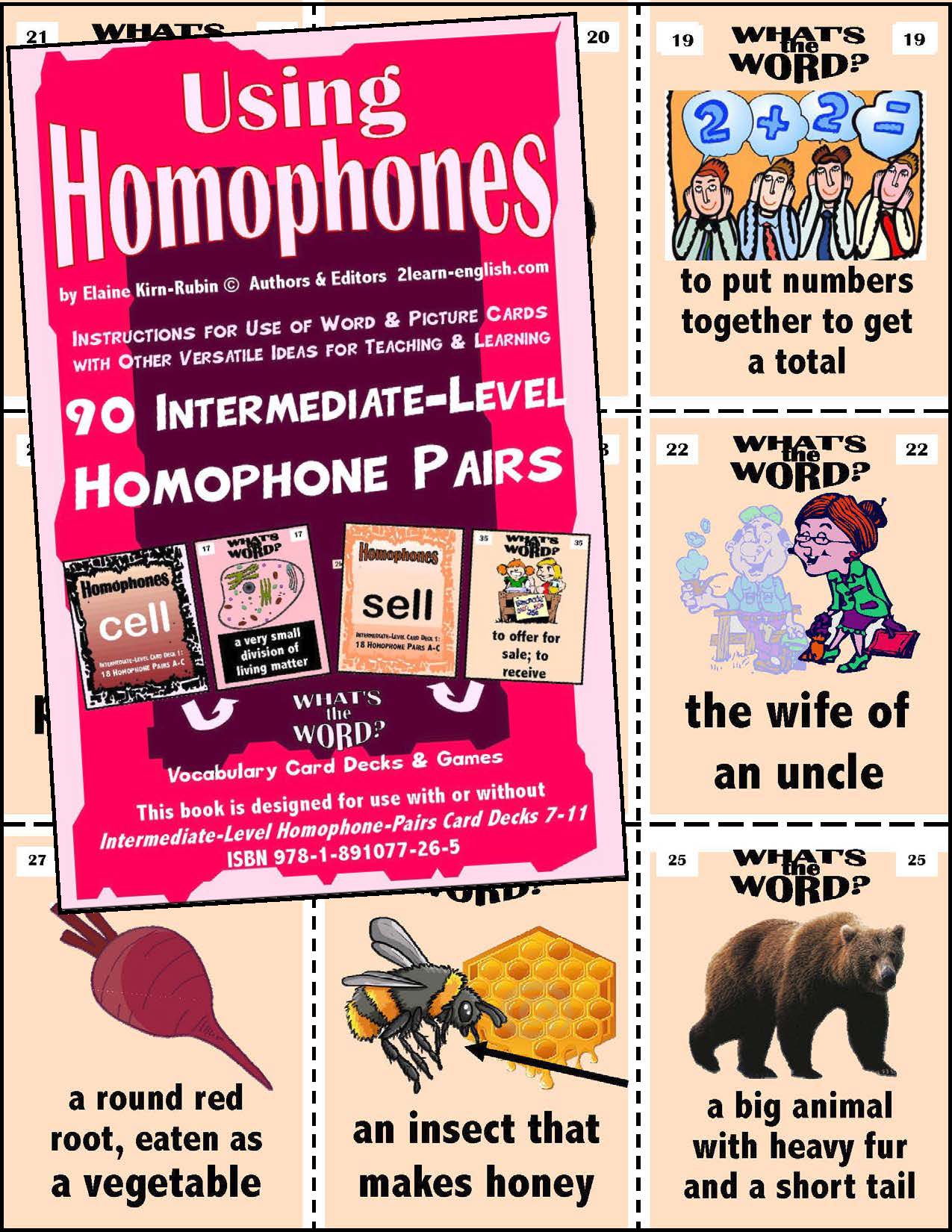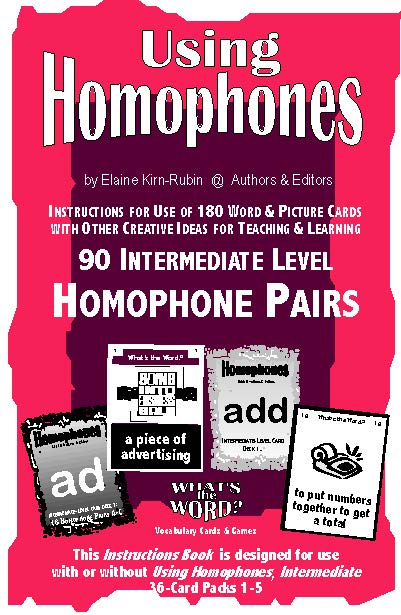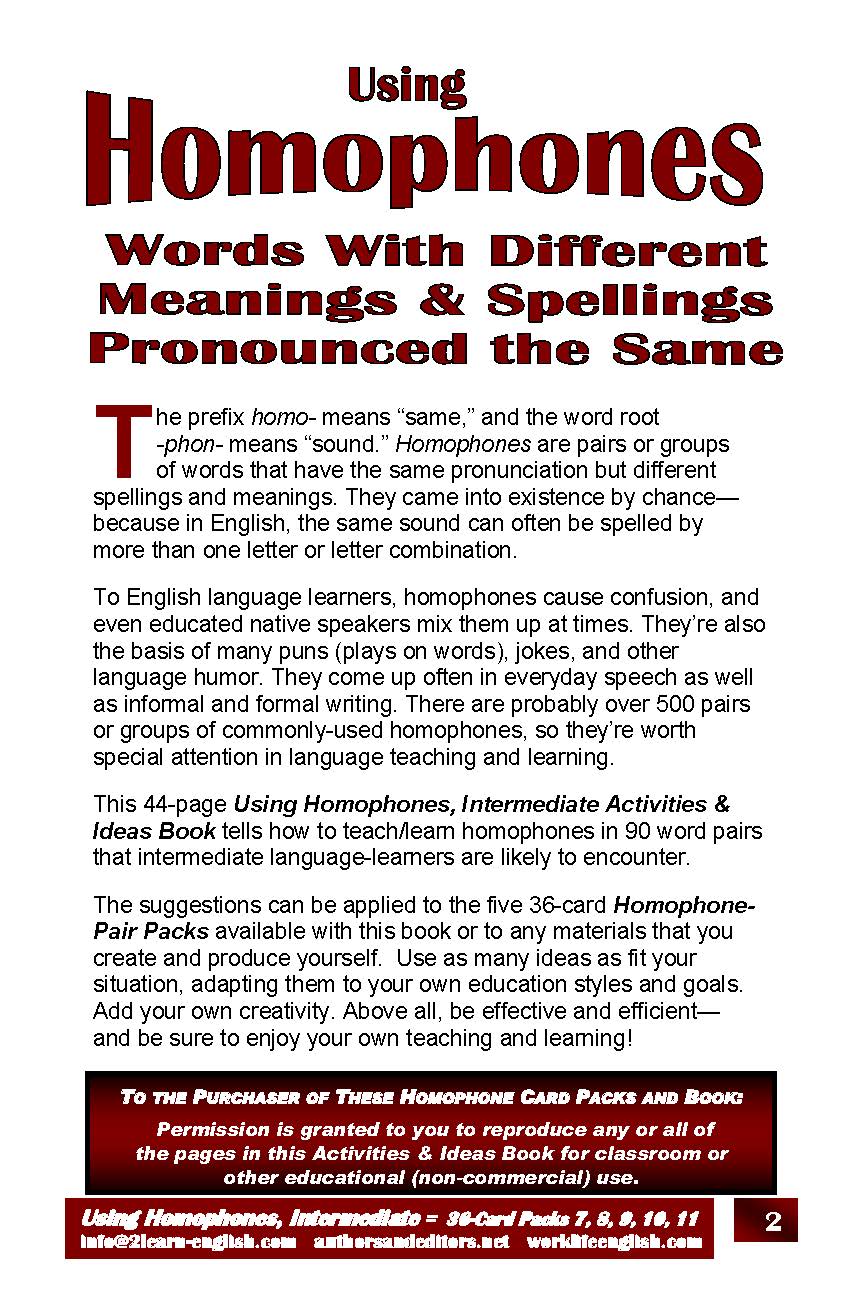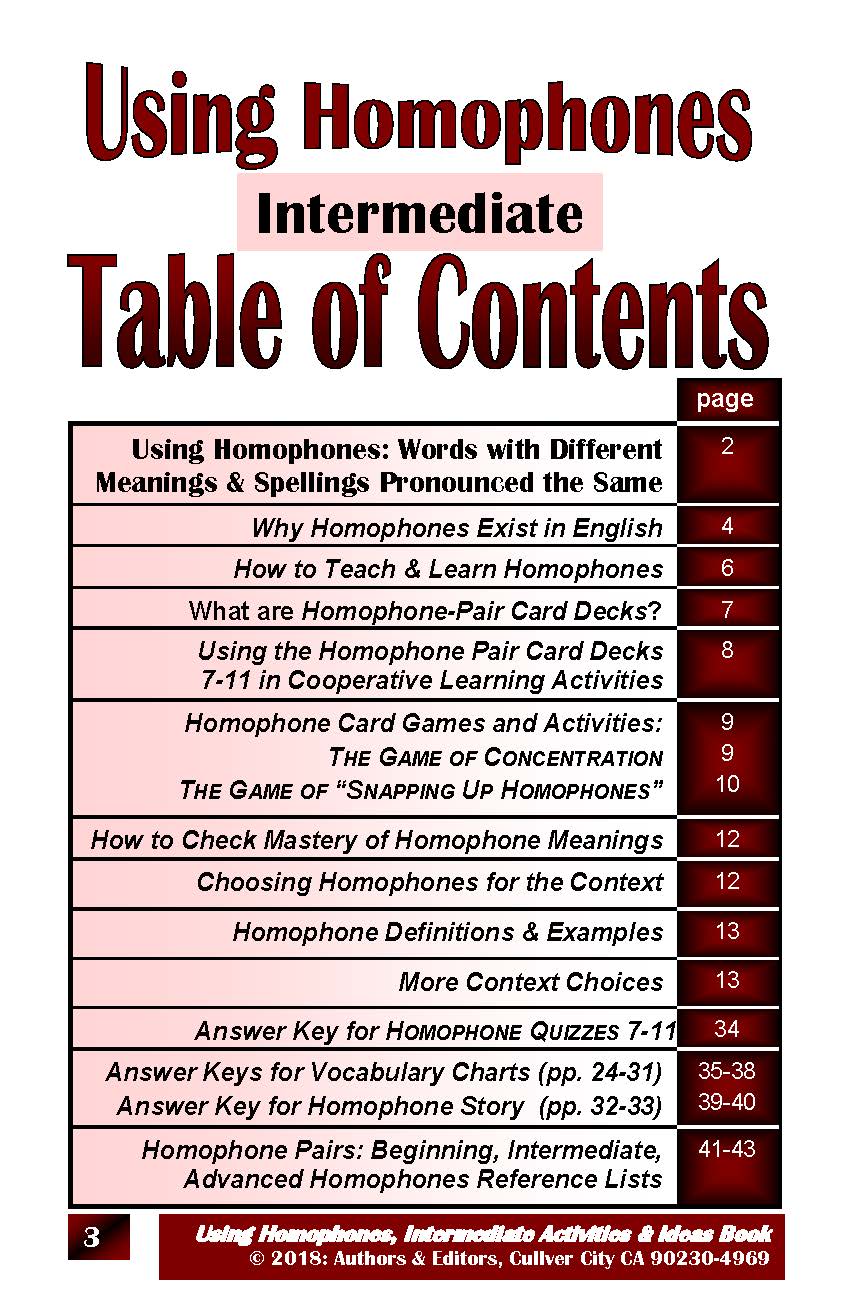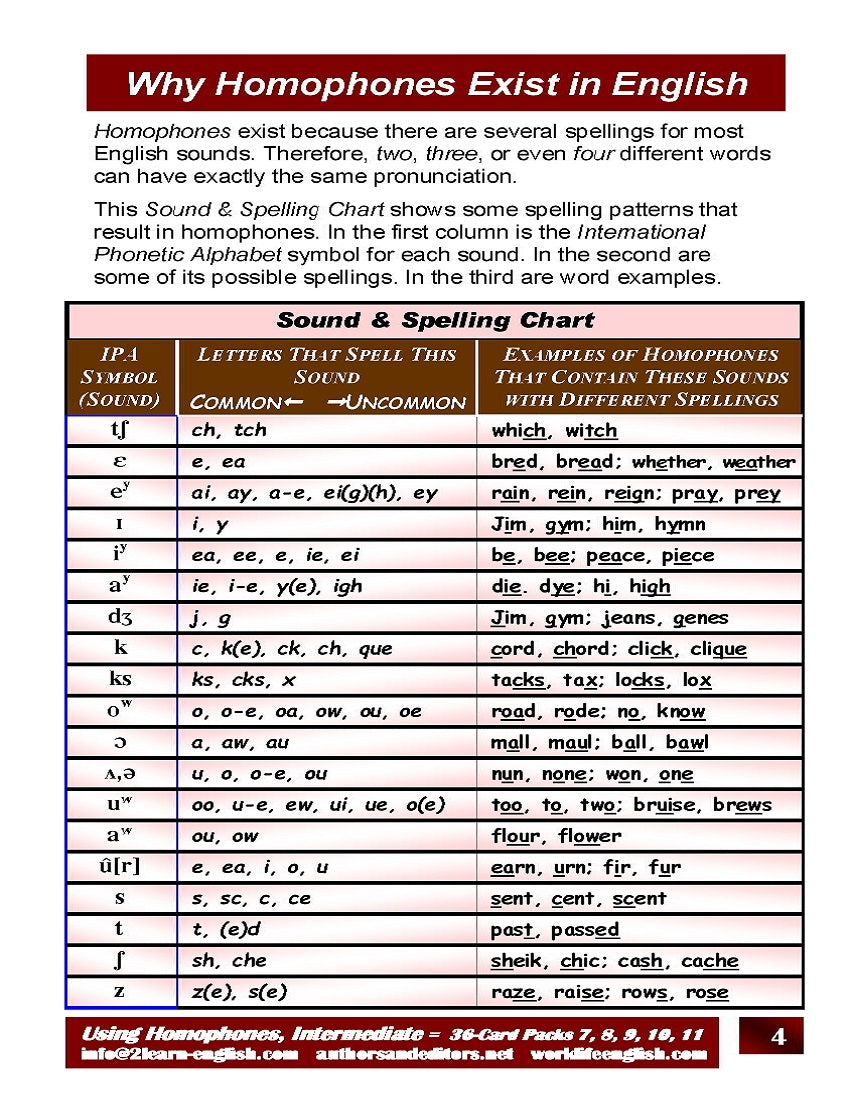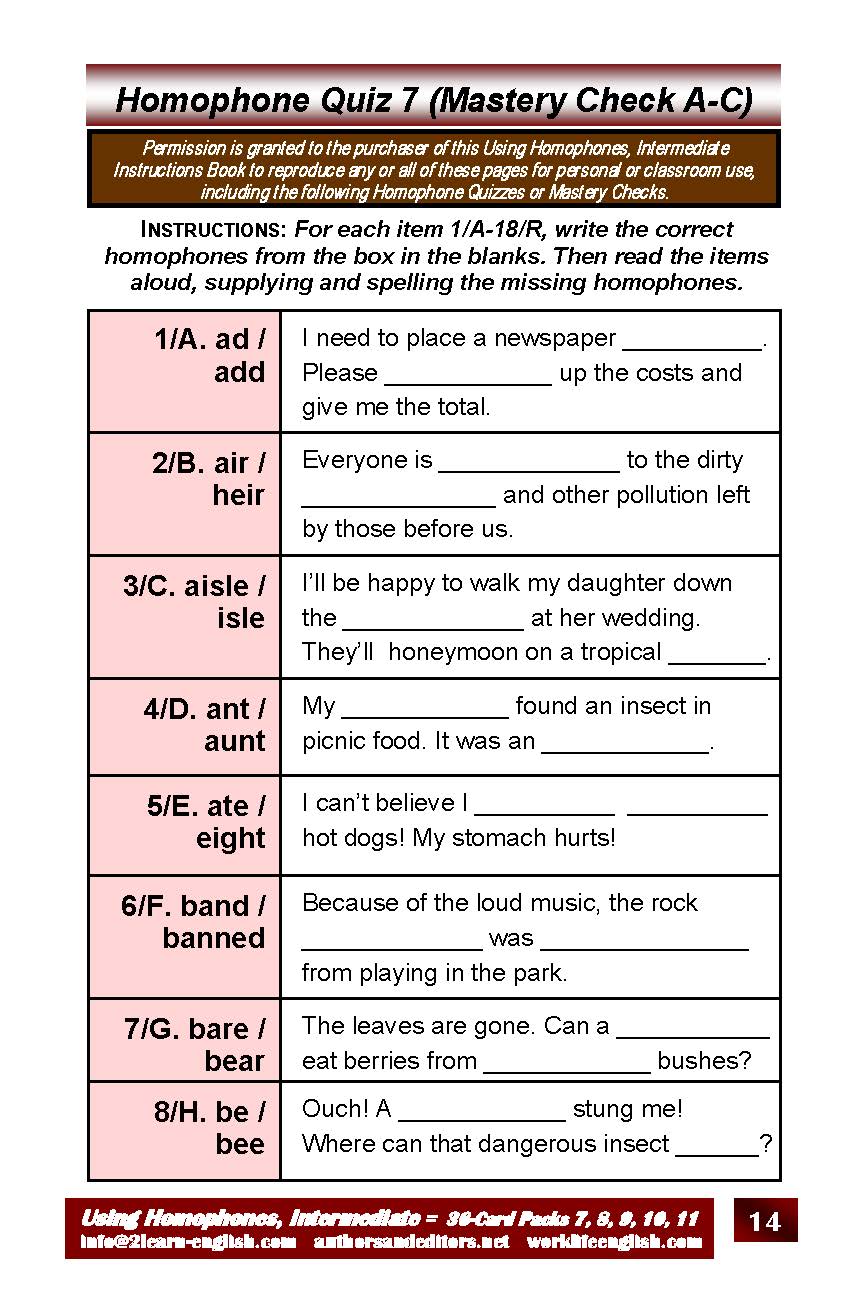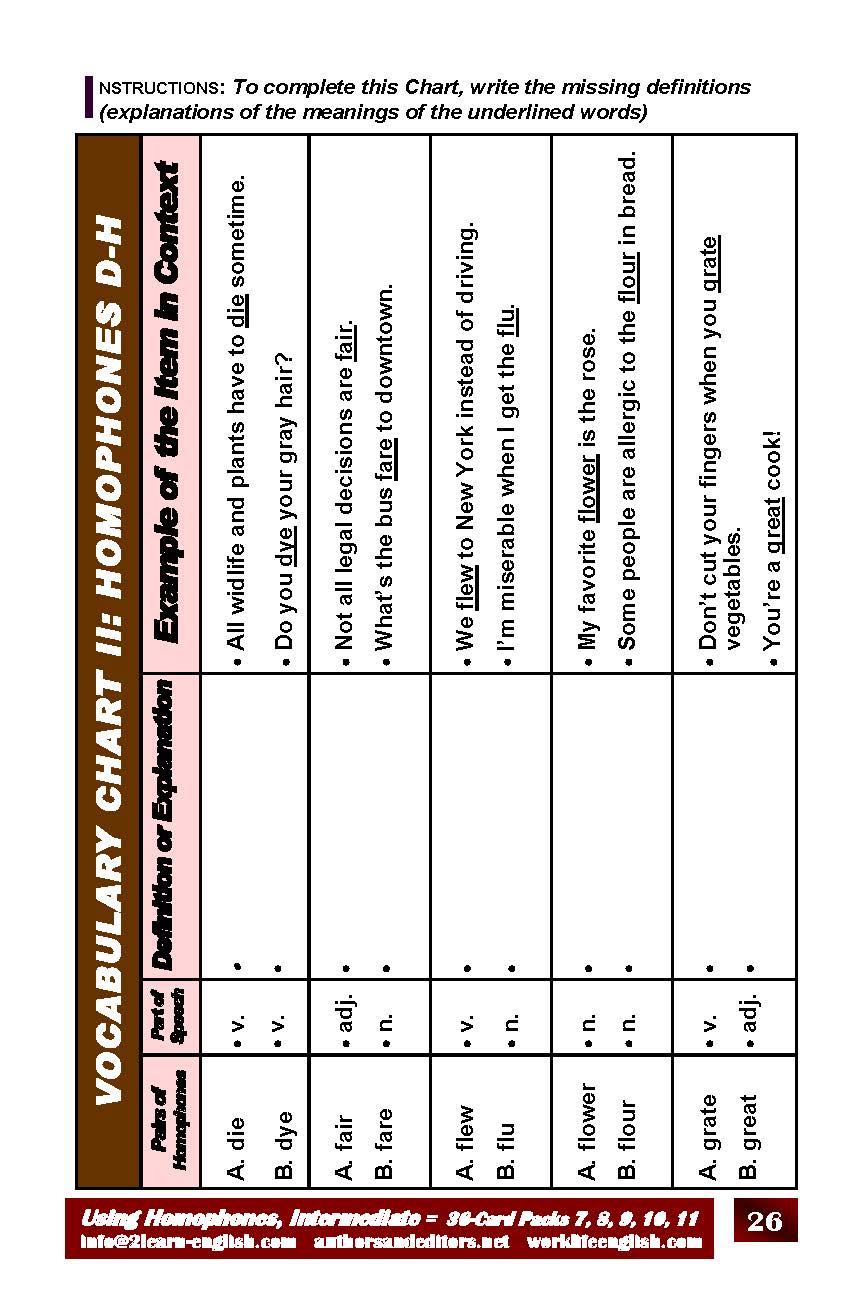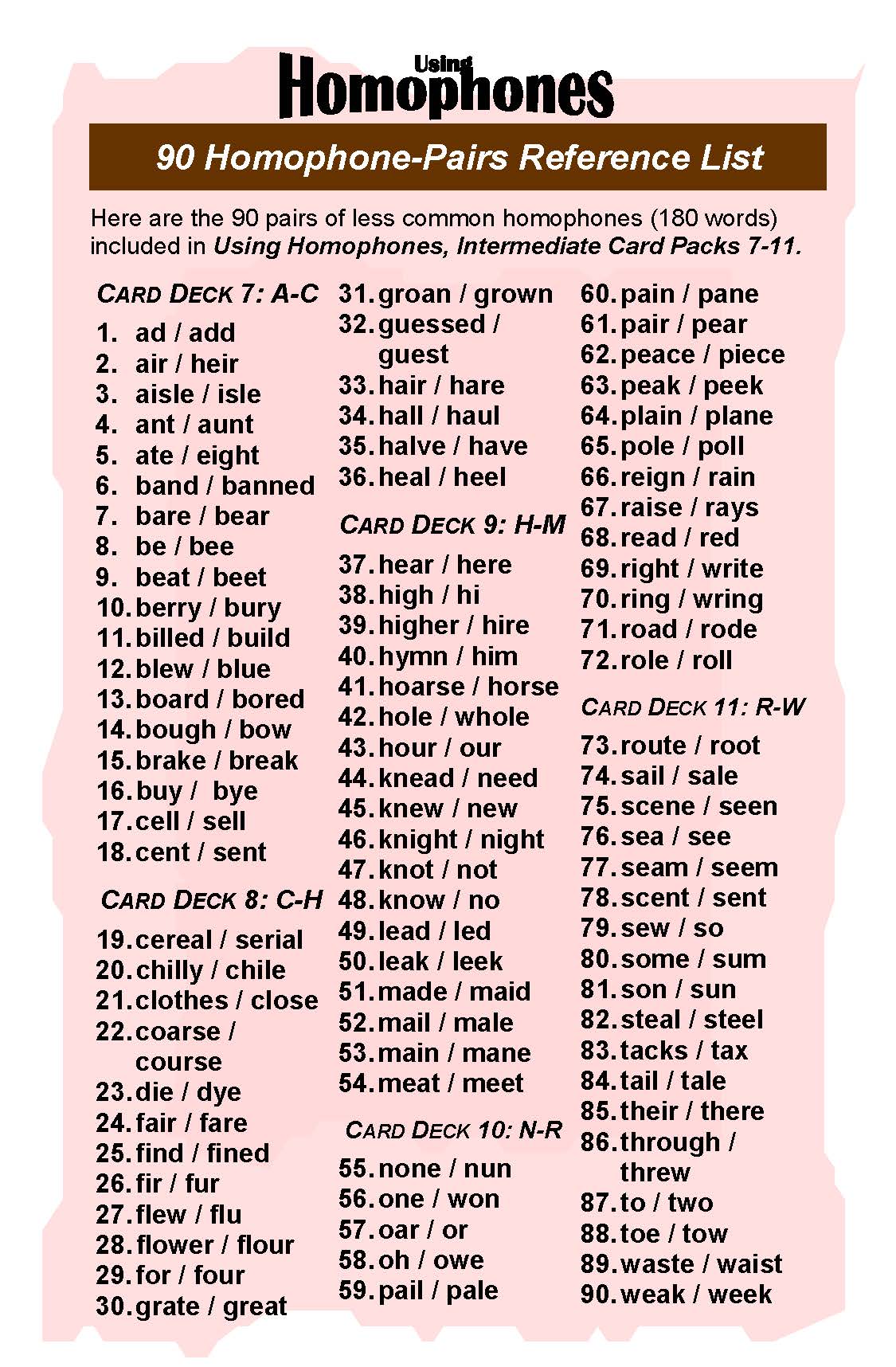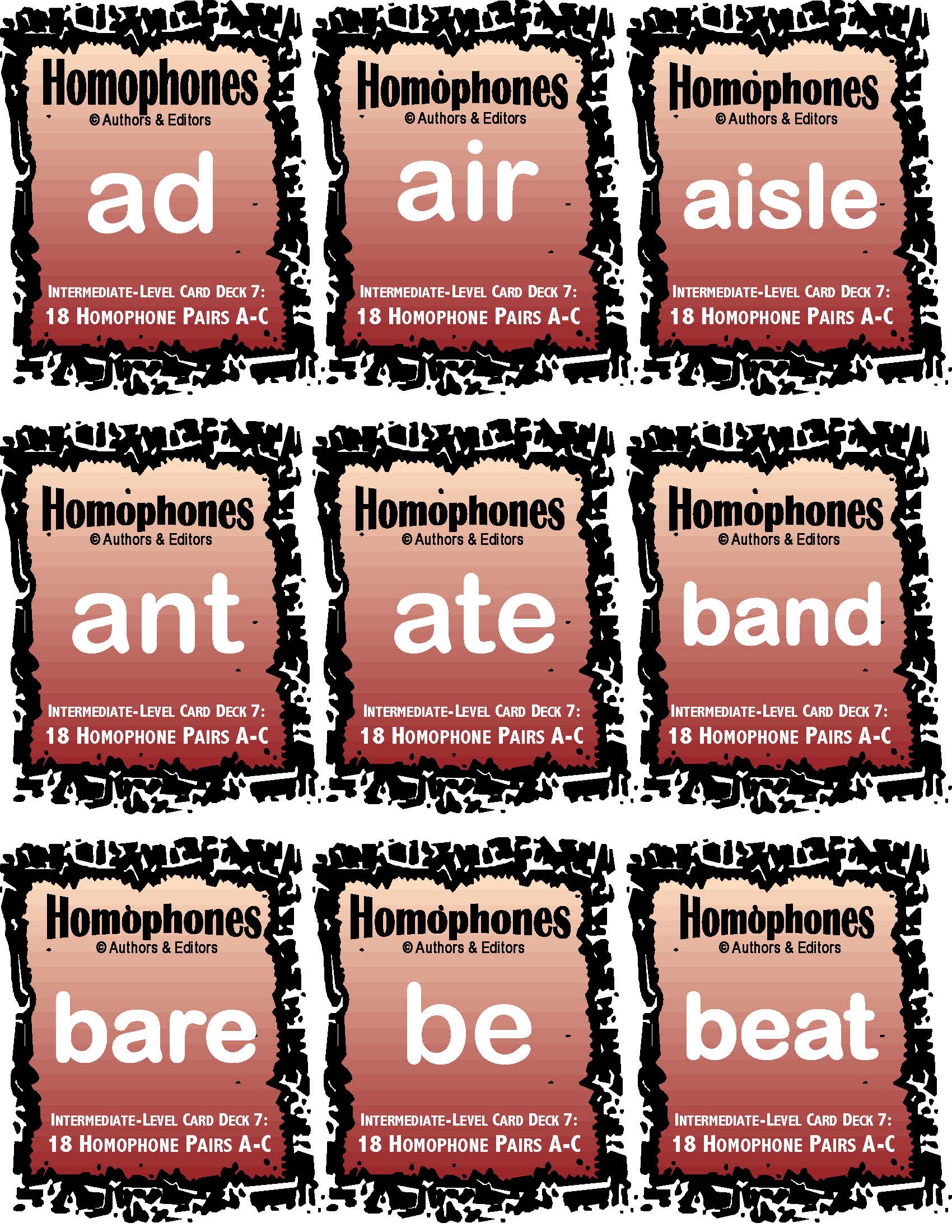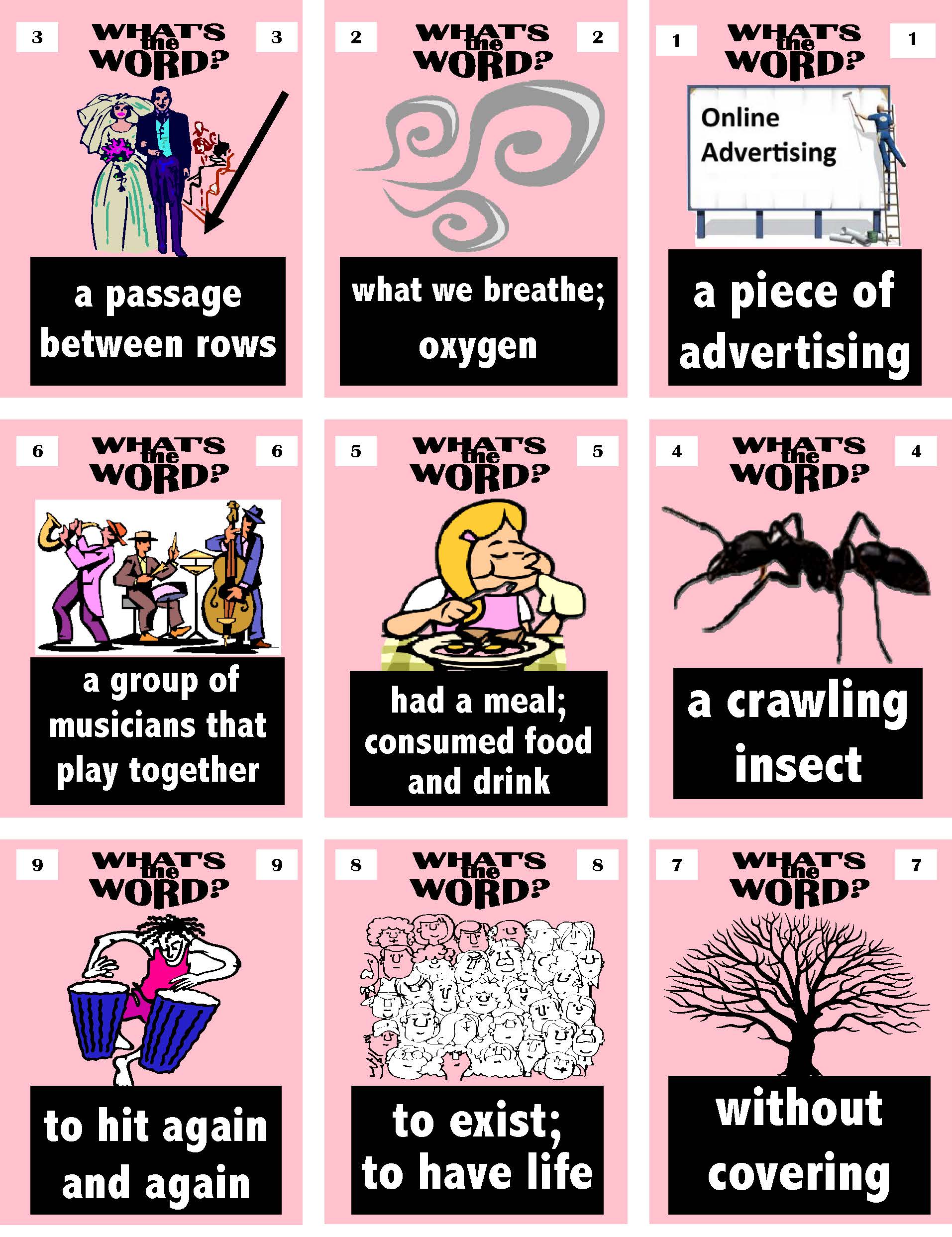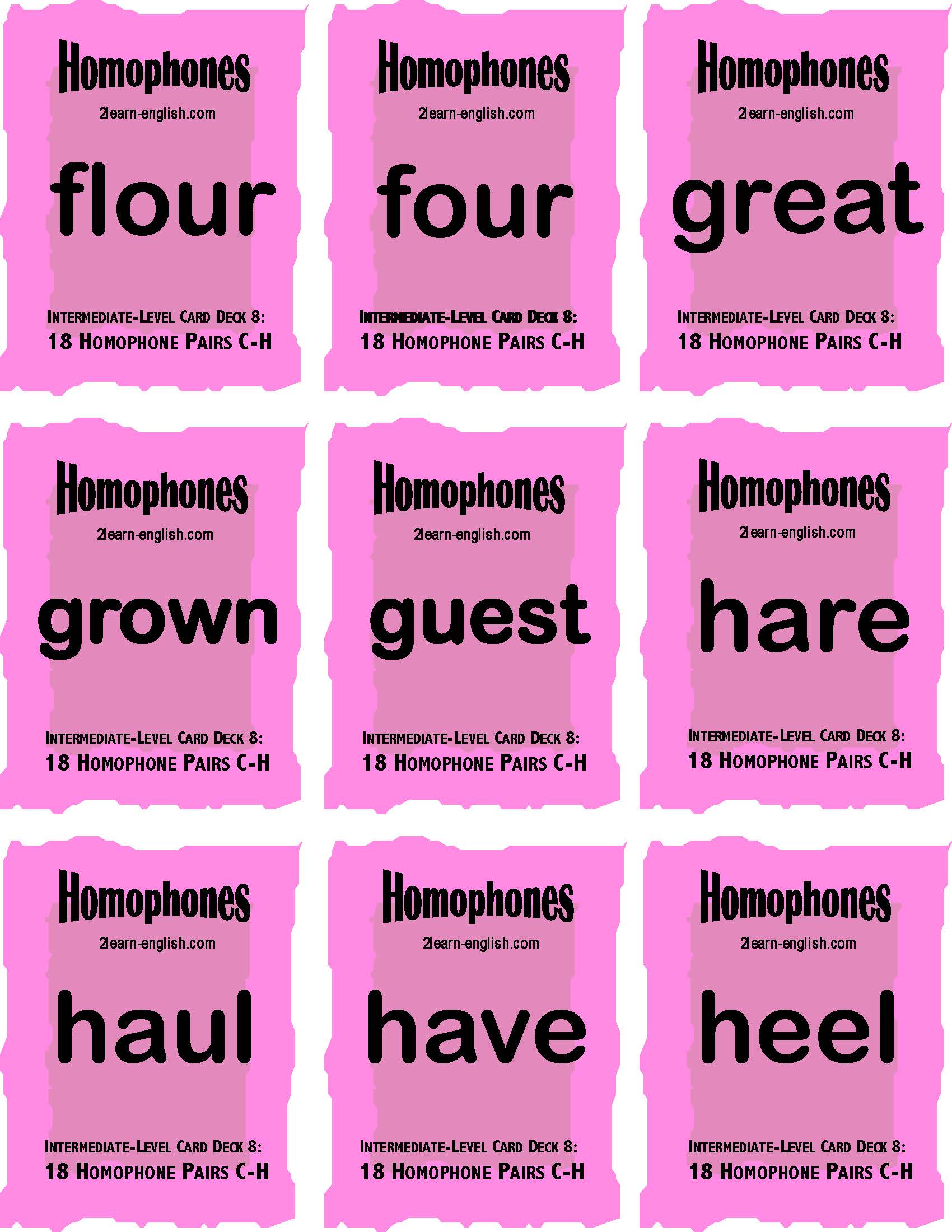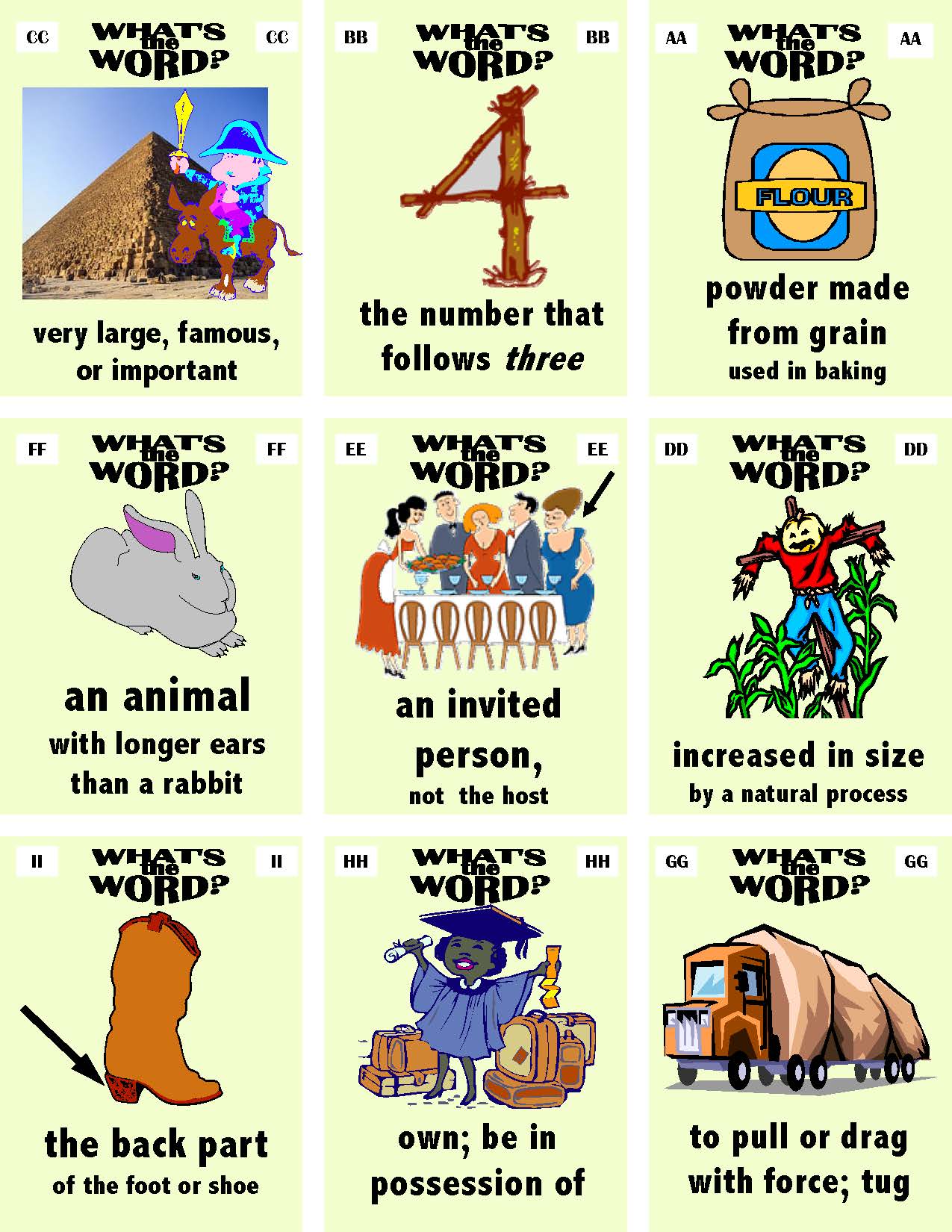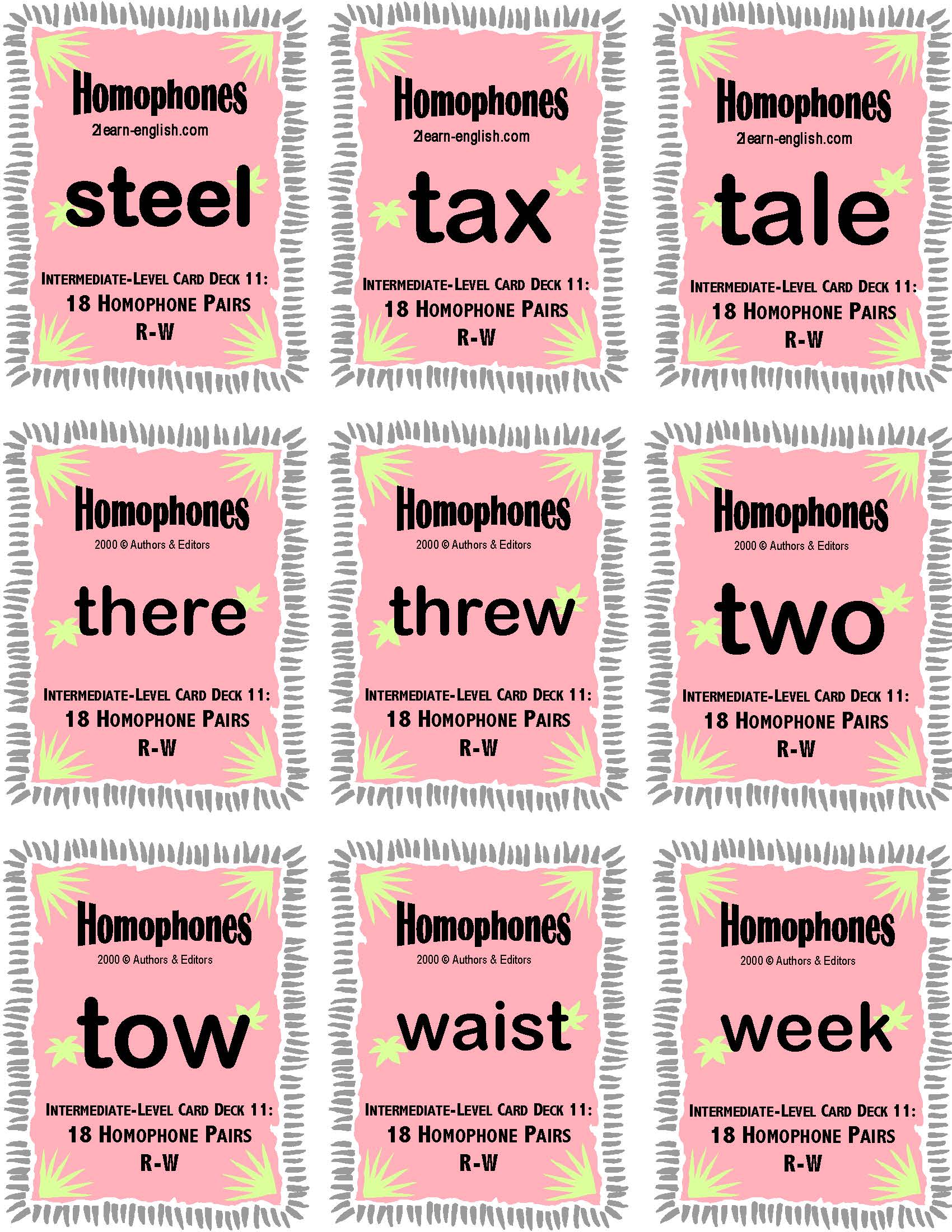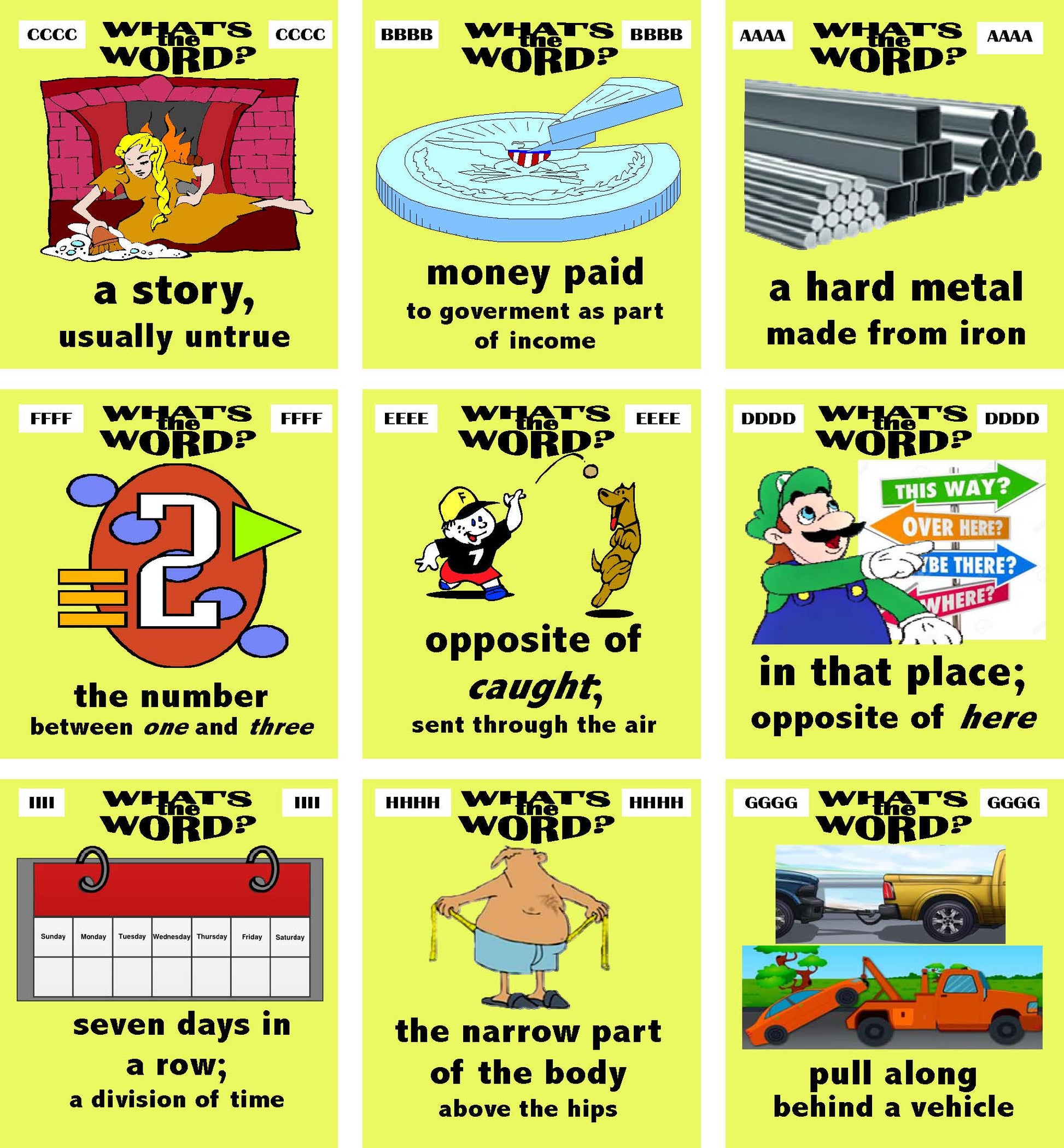2LEARN-ENGLISH
C-05b Using Homophones 44 Page Intermed Activities & Ideas Book + 18 Pair Card Decks 7-11 (Digital Version)
C-05b Using Homophones 44 Page Intermed Activities & Ideas Book + 18 Pair Card Decks 7-11 (Digital Version)
Description:
These decks contain 90 pairs of matching homophones, which are words with the same pronunciation but different spellings and meanings. Specifically designed for intermediate language learners and readers, these decks address the challenges of alternative spellings, silent consonants, and grammatical word endings that commonly appear in everyday English. This comprehensive resources equip you with the skills to distinguish and use homophones accurately and confidently. The decks come with Charts, Word Lists, Quizzes with Answers, visuals, and numerous valuable resources.
Key Components:
- Five Decks (7-11) of Intermediate Homophone Cards (90 pairs)
- 44-page Activities & Ideas Book
Pages:
84 pages
Who They're For:
- Students from 5 to 8th grade
- Secondary students
- Young adults
- Adults
- Independent learners
- Home school students
- English improvement programs
- ESL and EFL learners
- Literacy programs
- WIOA (Workforce Innovation and Opportunity Act) participants
- Career and college preparation programs
- Corrections institutions
What They Are:
Intermediate Homophone Decks 7-11 contain 90 pairs of matching homophones (words with the same pronunciation but different spellings and meanings) that are relatively frequent in speech and writing. These include words with endings, plurals and past tense verbs, and words with silent letters that sound the same as other words. Examples are higher/hire, band/banned, knead/need, knew/new, knew/new, etc. There are Charts, Word Lists, Quizzes with Answers, visuals, ideas, and much more.
Why You Need Them:
Intermediate language learners and readers may be even more likely than others to become frustrated by the many homophones that exist in everyday English. That's because so many of them are the result of alternative spellings of vowels, silent consonants, and grammatical word endings, all of which come up often in pronunciation, reading, spelling, and vocabulary instruction.
What They Do:
serve as flash cards for the recognition and production of 180 common vocabulary words, all of which are homophones of one or two other items. Card users can view illustrations and definitions of the items on card backs; later these become cues for recall of the items as well as triggers for their use in context.
provide ideas for activities and games that teach learners to distinguish between the words of each pair, to spell them aloud, and to use them in appropriate contexts that (again) illustrate their meanings
offer supplementary material in a 44-page Activities & Ideas Book, which
- tells why homophones exist in English, giving charts of the spellings that produce them
- explains how the cards work, suggesting other ways to use them efficiently and effectively.
- gives other ways to teach and/or learn these interesting vocabulary pairs
- offers reproducible Mastery Checks of two kinds, a fill-in and Vocabulary Charts--with Answer Keys.
- includes Reference Lists of all relevant items for all three levels of materials
Couldn't load pickup availability
